Subaru Ascent Vs Hyundai Palisade: Which Mid-Size Three-Row SUV Is Right For You?
Mid-size SUVs with three rows of seats are the superstars of today’s family vehicle marketplace for their combination of flexible seating, generous cargo space, and available AWD traction.
While there are numerous vehicles for you to choose from in the mid-size three-row SUV category, the Hyundai Palisade and Subaru Ascent stand out for a variety of reasons.
The Palisade boasts upscale styling and interior finishes and features that evoke vehicles like the Land Rover Range Rover for much less money. Meanwhile, the Subaru Ascent comes from a company that has mastered all-wheel-drive technology and includes it as standard equipment where many competitors – including the Palisade – only offer AWD as an extra-cost option.
Get a Quote on a New Subaru Ascent or Hyundai PalisadeBoth the Ascent and Palisade are capable vehicles designed to take your family wherever you need to go. But if you’re on the fence trying to choose between these two, let us help you out by comparing their specs to see which one better suits your needs and wants.
Cabin Space
Ascent: Subaru Ascent headroom measures 41.3 inches (1,049 mm) in the front seats, 40.0 inches (1,016 mm) for second-row passengers, and 36.3 inches (922 mm) in the third row.
A panoramic sunroof (optional in Premium and Limited trims, and standard in Touring) reduces headroom to 40.1 inches (1,019 mm) up front and 38.7 inches (983 mm) in the second row, but third-row headroom is unchanged.
Ascent’s legroom measurements are 42.2 inches (1,072 mm) for front-seat occupants, 38.6 inches (980 mm) for second-row riders, and 31.7 inches (805 mm) in the third row.
Palisade: Front- and second-row occupants in the base-model Hyundai Palisade SE enjoy 40.7 and 40.1 inches of headroom (1,034 mm and 1,019 mm), respectively, while those riding in the third row get 37.8 inches (960 mm) of headroom.
But in vehicles equipped with the Palisade’s panoramic sunroof, those figures shrink to 39.3 inches (998 mm), 38.8 inches (986 mm), and 37.2 inches (945 mm); the sunroof is optional in SEL trim and standard in Limited and Calligraphy.
Meanwhile, legroom measures 44.1 inches (1,120 mm) up front, 42.4 inches (1,077 mm) in the second row, and 31.4 inches (798 mm) in the Palisade’s standard third-row seats.
Bottom Line: This is a close contest, but the Hyundai Palisade edges out the Subaru Ascent with more legroom in the front and second rows, and comparable third-row legroom. Meanwhile, the Palisade’s extra third-row headroom and comparable headroom in the two forward rows make it a better vehicle for large families.
Cargo and Towing
Ascent: Subaru claims a maximum cargo volume of 47.5 cu-ft (1,345L) behind the second-row seats, 86.5 cu-ft (2,449L) behind the first row, with the second and third rows folded. With all three rows of seats in use, cargo volume is 17.8 cu-ft. (504L) behind the third row.
However, Subaru says all of those figures shrink slightly in Ascent models with the sunroof: 47.0 cu-ft (1,331L) behind the second row, 86.0 cu-ft (2,435L) behind the front seats, and 17.6 cu-ft (498L) behind the third row.
Subaru rates the Ascent’s towing capacity at a maximum of 5,000 lb, but only for Premium, Limited and Touring trims. The base model is rated for just 2,000 lb of trailer weight.
Palisade: The Hyundai Palisade can accommodate 45.8 cu-ft (1,297L) of cargo behind the second-row seats and a maximum of 86.4 cu-ft (2,447L) behind the front row. With all three rows of seats in place, cargo space is 18 cubic feet (510L) behind the third row.
Hyundai says the Palisade can tow a maximum of 5,000 lb with trailer brakes, and 1,650 lb without.
Bottom Line: The Subaru Ascent ekes out a narrow victory here thanks to the extra cargo volume available behind the second-row seats, which is likely the way mid-size crossover buyers will use their vehicles most of the time. In every other respect, this contest is a draw.
Safety
Ascent: The Subaru Ascent comes standard with the company’s EyeSight driver assistance suite, which comprises forward collision detection and avoidance assist, lane departure warning, adaptive cruise control, and lane centering. Also included in the base Ascent are automatic high beams.
Ascent Premium, Limited and Touring trims gain blind-spot monitoring with lane-change assist and rear cross-traffic alert. Limited and Touring add standard reverse automatic braking, and Touring gets a 180-degree view front camera.
SEE ALSO: Toyota Highlander vs Subaru Ascent: Which Crossover is Right for You?Palisade: Hyundai equips all Palisade models with forward collision warning/avoidance assist, smart cruise with stop-and-go, lane keep and lane follow assists, auto on/off headlights with automatic high beams, a driver attention warning, rear-seat occupant alert, and rear parking distance sensors.
If you move up to SEL trim, Hyundai adds blind-spot and rear cross-traffic collision avoidance assists and a safe exit assist.
Limited and Calligraphy models gain an upgraded ultrasonic rear occupant alert, front parking sensors, and a highway driving assist system.
Bottom Line: This category is a draw. Both Hyundai and Subaru fit their base models with the same set of advanced safety assists, and in both cases, you only have to move up one trim from the base to add blind-spot monitoring and cross-traffic alert.
Tech and Features
Ascent: Subaru equips the base Ascent with manual front seat adjustments; Premium trim adds a power driver’s seat, and Limited gains an electric front passenger seat. Heated seats are included in Premium and higher trims, Limited adds a heated steering wheel and heated rear seats, and Touring gets ventilated front seats. Base and Premium trims get cloth upholstery, while Limited and Touring add leather.
Three-zone automatic A/C is included in the Ascent’s base trim, and Premium trim and higher add separate climate controls for the second row.
SEE ALSO: Hyundai Palisade vs Kia Telluride ComparisonBase Ascent models have a 6.5-inch infotainment display that supports the Apple CarPlay and Android Auto smartphone platforms; the screen grows to 8.0 inches in Premium trim, and Touring adds standard navigation.
A power tailgate is standard across the board, but if you want hands-free passive keyless entry, that’s standard in Limited and Touring, and optional in Premium trim.
The Ascent’s standard headlights are adaptive LEDs that respond to the steering for better visibility in corners. Limited gains an auto-dimming rearview mirror, and Touring upgrades to a camera-based mirror system.
Ascent’s Premium trim Convenience package adds an auto-dimming rearview mirror and reverse automatic braking. The Sport package gains a panoramic sunroof, upgraded wheels, navigation, and a cargo area cover.
If you choose the Limited trim, you can add a Sport package comprising an upgraded stereo, sunroof, navigation, and a cargo cover.
Palisade: In the entry-level Palisade SE, you get cloth upholstery and manual front seats. SEL gains heated front seats and a power driver’s seat, and Limited and Calligraphy add leather, a power front passenger seat, ventilated front seats, and a heated steering wheel. Air conditioning is standard, but you have to move up to SEL to get three-zone auto A/C.
The Palisade’s base infotainment system uses an 8.0-inch touchscreen, and you get a 10.25-inch display upgraded in Limited and Calligraphy. Both support Apple CarPlay and Android Auto.
Hyundai adds passive keyless entry in SEL trim and higher, and Limited and Calligraphy add a hands-free power tailgate.
All Palisade trims get auto on/off LED headlights, but Hyundai does not offer adaptive headlights.
Bottom Line: We give the Hyundai Palisade a narrow win here for its largest infotainment displays, and its available hands-free tailgate, which the Ascent does not offer.
Powertrains
Ascent: Subaru equips all Ascent trims with a 2.4- liter turbocharged four-cylinder engine that generates 260 hp and 277 lb-ft of torque. That motor comes connected to a continuously variable automatic transmission and Subaru’s symmetrical all-wheel-drive system.
Palisade: In the Hyundai Palisade, performance comes from a 3.8-liter naturally aspirated V6 engine that makes 291 hp and 262 lb-ft of torque. It’s matched with an eight-speed automatic transmission and, in most trims, front-wheel drive. SE, SEL, and Limited models offer Hyundai’s HTRAC AWD system as an option, and it is standard in the top-end Calligraphy package.
Bottom Line: This comparison is a draw. The Subaru Ascent’s standard AWD gives it an advantage in terms of all-weather traction, but the Hyundai Palisade’s V6 is more powerful than the Ascent’s four-cylinder.
Fuel Economy
Ascent: Subaru’s fuel economy estimates for the Ascent are 21 mpg city and 27 mpg highway for base and Premium trims, and 20/26 mpg city/highway in Limited and Touring models.
Palisade: Hyundai rates the Palisade’s fuel economy at 19 mpg city and 26 mpg highway with front-wheel drive, and 19/24 mpg city/highway with the optional AWD system.
Bottom Line: The Subaru Ascent is the winner here, boasting better fuel economy with its standard AWD than even the front-drive Hyundai Palisade.
Pricing
Ascent: Subaru prices the Ascent to start at $33,345 in base trim. Ascent Premium comes in at $35,845, Limited carries a $40,645 MSRP, and you’ll pay $46,495 to get into the top Touring model.
The Convenience and Sport packages add $1,460 and $4,260, respectively, to the Premium trim; and an Ascent Tech package costs $2,950 in Limited trim.
Palisade: The entry-level Palisade SE’s price is $33,860. From there, it’s $36,510 to get into the SEL model, and $46,460 for Limited; it costs $1,700 to add AWD to any of those three trims. The Calligraphy trim costs $47,385 and includes AWD.
The Palisade’s only option packages are available for the SEL trim. The Convenience package costs $2,400, and a Premium package adds $3,100 to the MSRP. If you buy a Palisade SEL, you can also choose between a second-row bench seat or two second-row captain’s chairs for no extra cost.
Bottom Line: We call this a win for the Ascent because of its standard AWD, for which you have to pay extra in the Palisade’s lowest three trims – all of which start out more expensive than the Subaru.
Verdict: Subaru Ascent vs Hyundai Palisade
It’s clear both Subaru and Hyundai know their target audiences well, as neither the Ascent nor the Palisade runs away with this spec comparison. If you’re considering buying either of these models because you plan to use the third row, that tips the balance toward the Palisade, which boasts more space in its rearmost seats.
In the end, however, the Subaru Ascent gets our overall win for its standard AWD, thriftier fuel economy even compared to front-wheel drive Palisade models, and a lower price for similar interior space.
Become an AutoGuide insider. Get the latest from the automotive world first by subscribing to our newsletter here.
More by Chris Chase



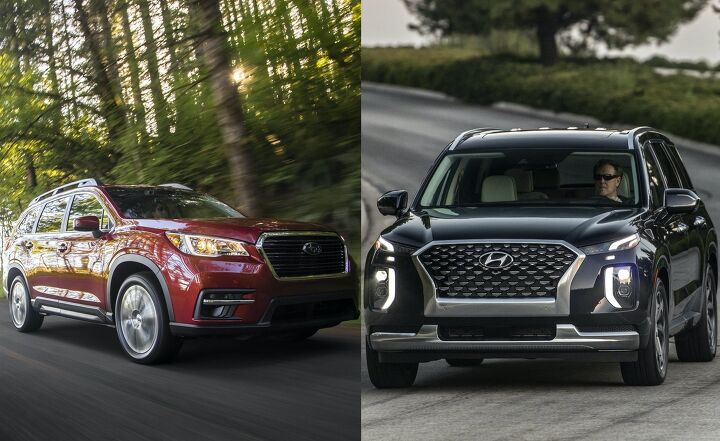


























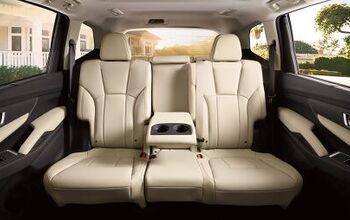

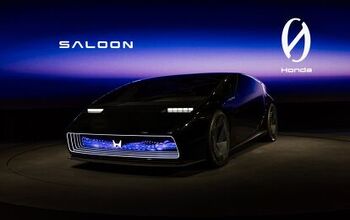
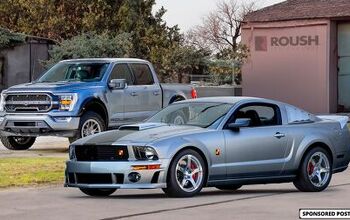

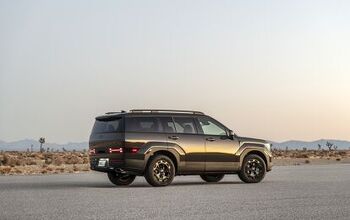


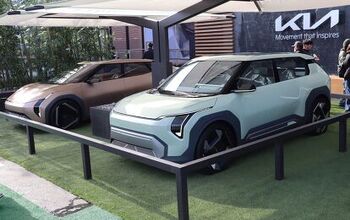

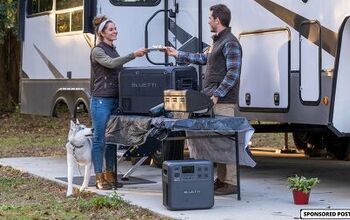
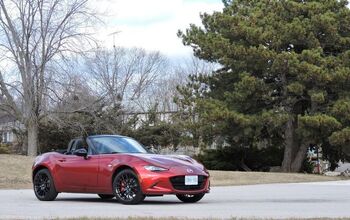

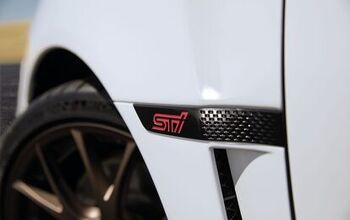
Comments
Join the conversation